The Advantages of Animation over Video
One question Hatch Studios gets asked over and over again is when and why should animation be used instead of video?
There are significant advantages in using animation over video and we’ll discuss these here. For the purpose of our discussion, we’ll refer to video as synonymous with “Live Action”. This means footage shot with a camera; whether it be a video camera, a motion picture camera, or even a point-and-shoot camera.
The biggest disadvantage with video is that once you shoot it, it can’t be adjusted. This means you cannot make changes to it without a reshoot, which often leads to enormous overages. Let’s take a fictional example of a vehicle shoot. The day of the shoot, the crew takes all the necessary shots after having set up lighting, location scouting, and more. The editor then edits it together and presents it to the client. The client, however, asks for a change: an additional shot focusing on the front grill design, as this happens to be a key feature of the vehicle. Because the shot doesn’t exist, it requires another studio shoot day, involving the set crew, the directors, the clients, etc. The additional costs would be significant and could easily push the production costs into the red. In this case, the client and / or agency would have to make the difficult decision of assigning a second shoot day or foregoing the shot request altogether.
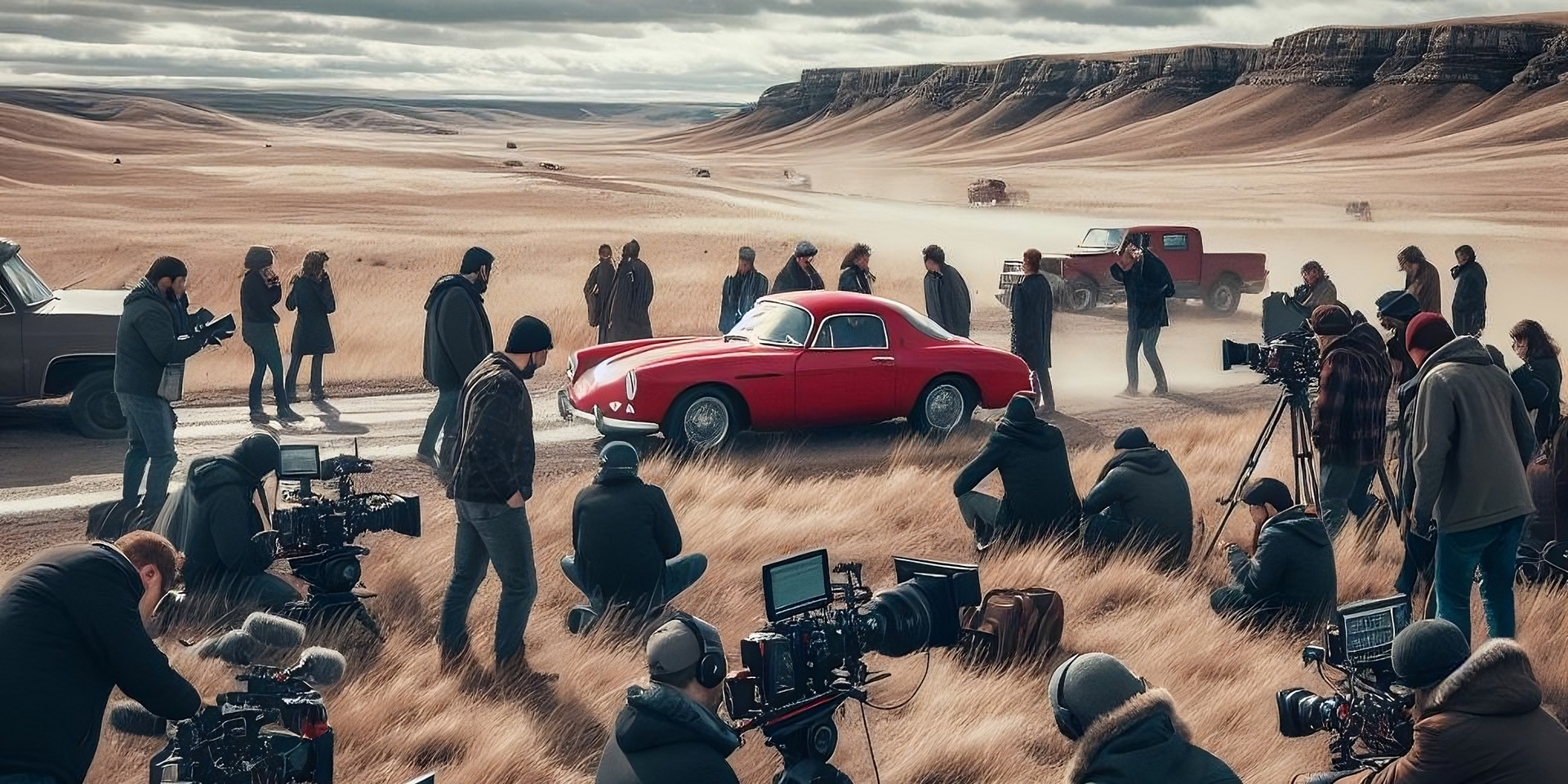
Creating the same vehicle with 3D animation requires a completely different workflow. Most of the labor is required upfront in the modeling and texturing process. However, once the asset is created, the sky’s the limit. If we take the same example, a 3D animatic is developed using all the 3D shots and shown to the client, who then asks for the same additional shot of the front grill. In this case, inserting an additional 3D shot can takes less than 30 minutes, and with the requirement of only one designer.
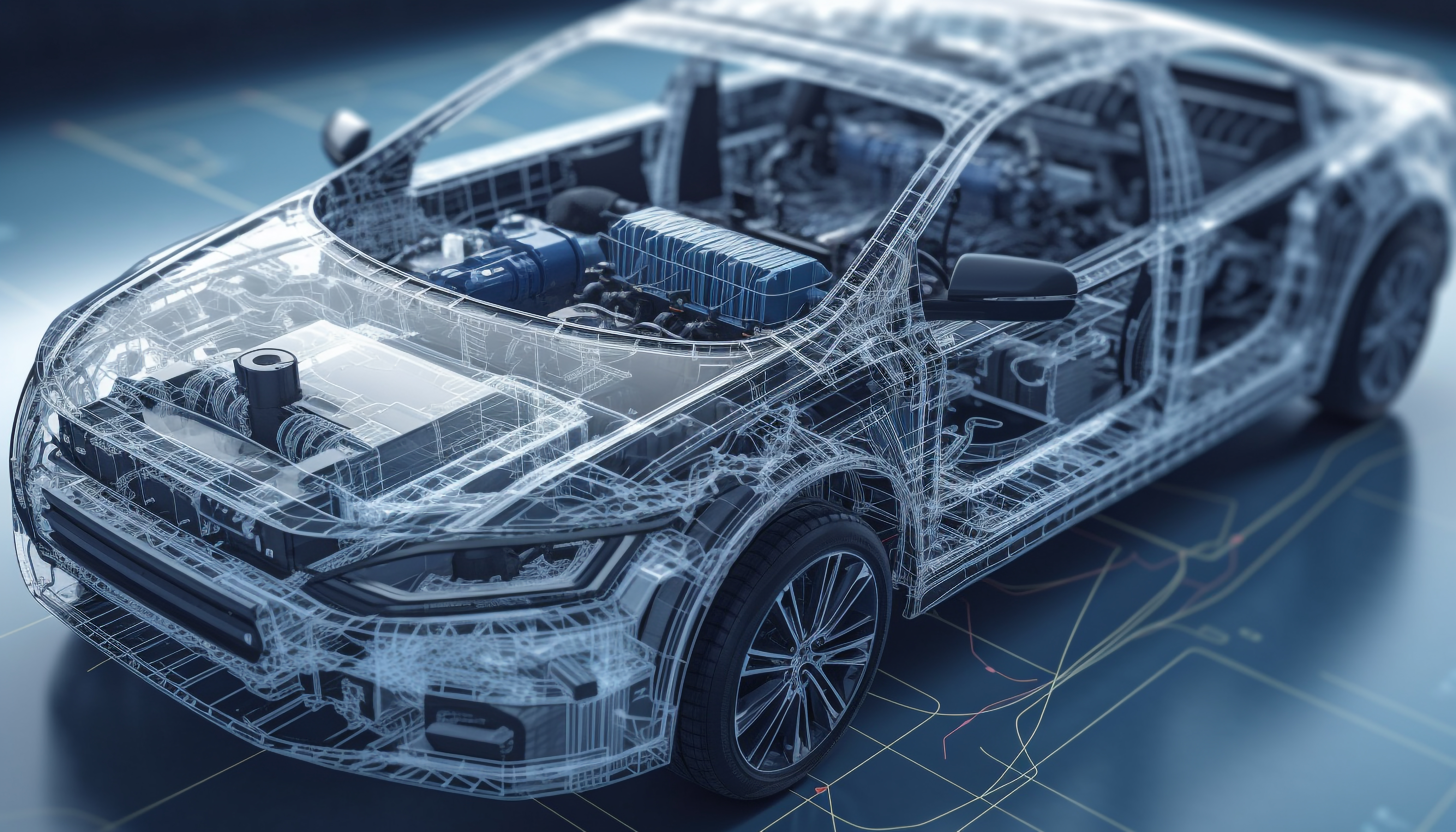
Pushing this concept further, if one angle isn’t quite right, once again, we’re stuck with it. With 3D animation, we can simply go back to the file and adjust the virtual camera.
The same goes for lighting. Let’s say the film shoot occurred on a cloudy day, as the weather didn’t cooperate. That’s what the client will get stuck with. With 3D animation, we can set the time of day, the weather conditions, and more.
And finally, let’s not forget about location. A location scout is required for video, incurring yet another cost. This is someone who seeks and presents various location options for the forthcoming shoot. Once the video has been shot, that’s the location we’re stuck with. Should the client wish to change it, or add a secondary location, it’s back to another shoot day. With 3D animation, the location can be easily changed over and over and over again, and at much lower costs.
This flexibility is what gives 3D animation a considerable advantage over video – a cutting-edge, especially in today’s marketing industry that requires tight budgets. Anything can be adjusted… up until the end of production, with much lower costs than doing so with video.
The vehicle example we used above wasn’t just hypothetical. Hatch Studios has developed numerous 3D animated videos for Ford, Toyota, Fiat, Mini and more, proving the concepts outlined in this discussion. More often than not, a client asked for revisions which would have been prohibitive if these had been shot with video. All of the examples below feature fully 3D rendered vehicles, some photorealistic and others stylized, created by Hatch Studios.

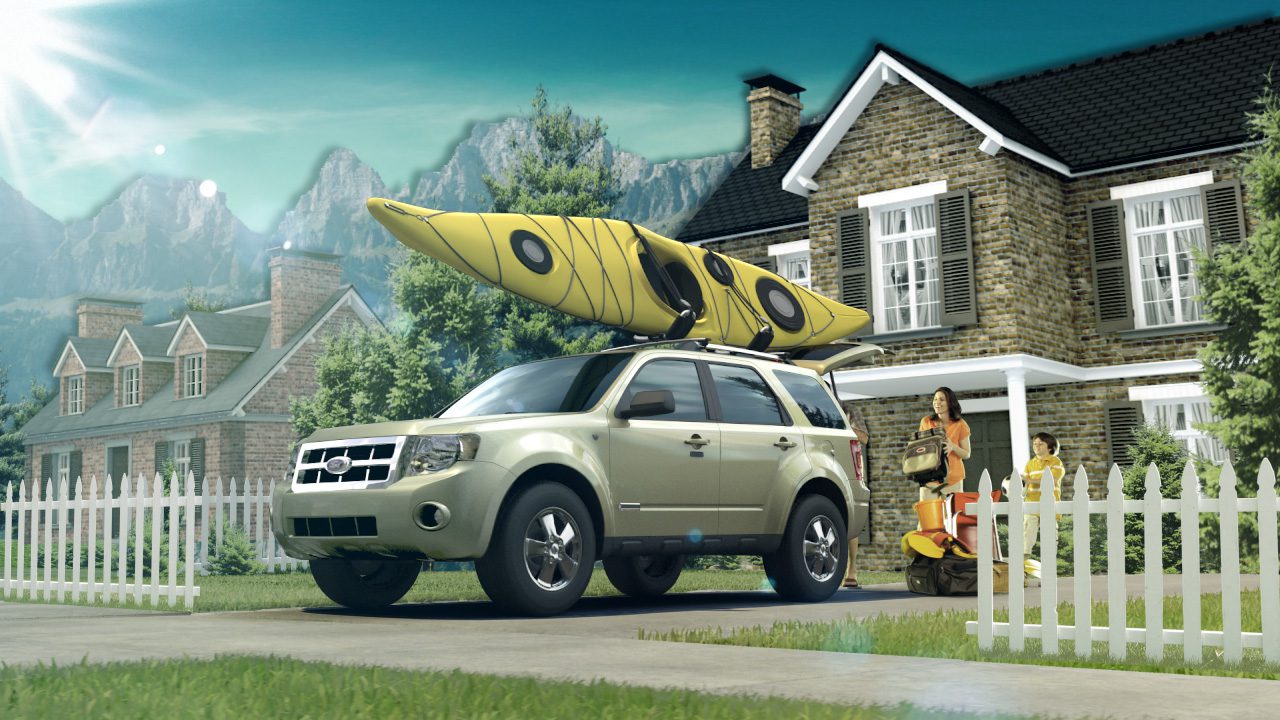
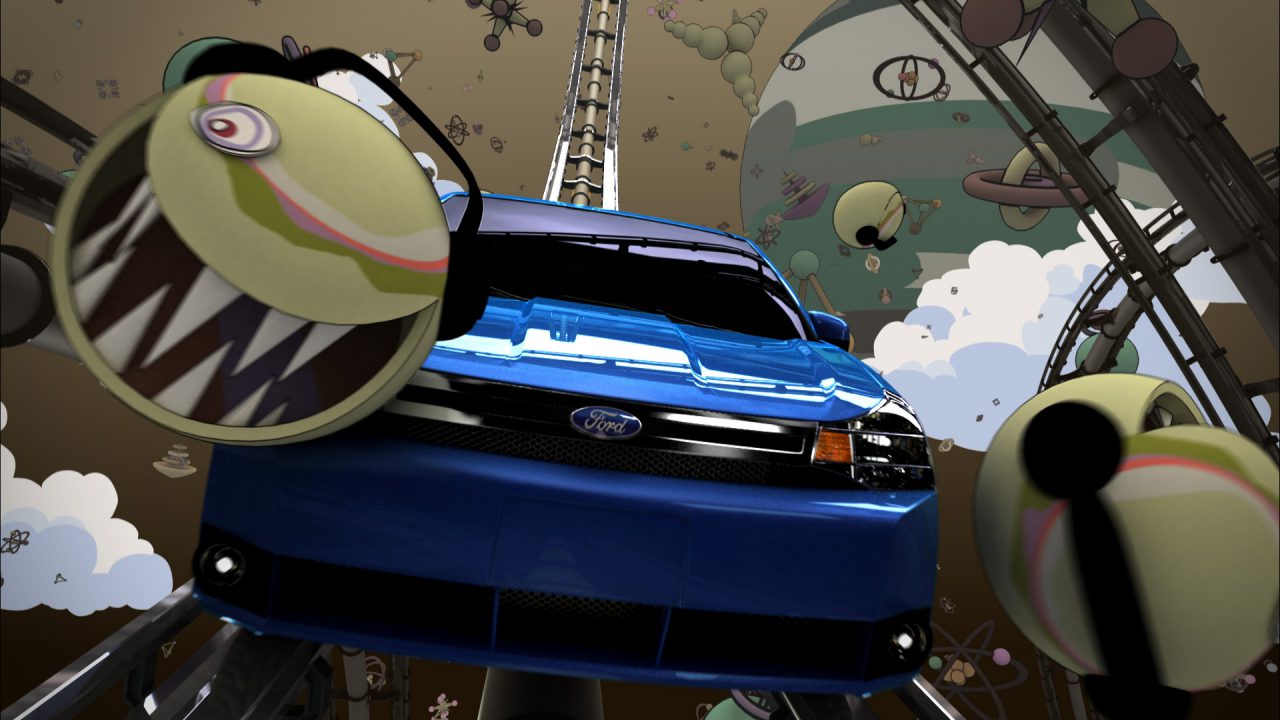

Vehicles aren’t the only example. Product renderings such as the examples below developed by Hatch Studios offer the same advantages. 3D animation allows products to be manipulated, exploded, dissected and more, so as to effectively show how they work.
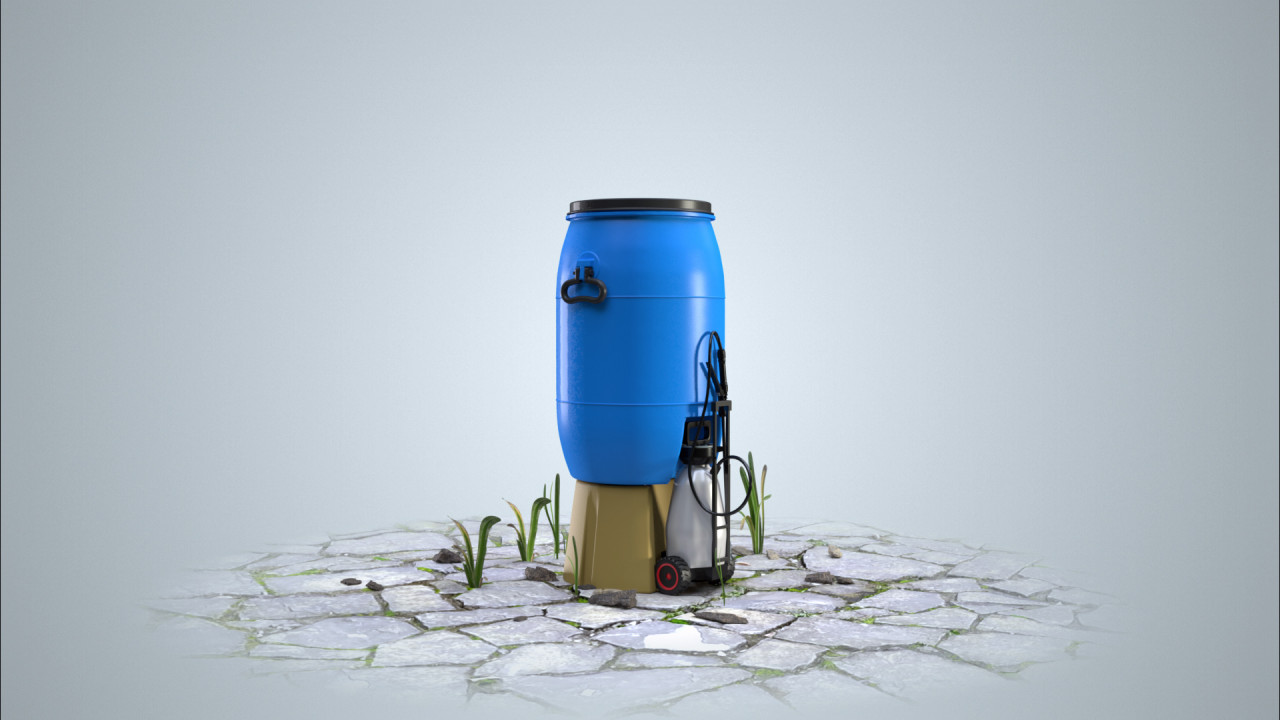
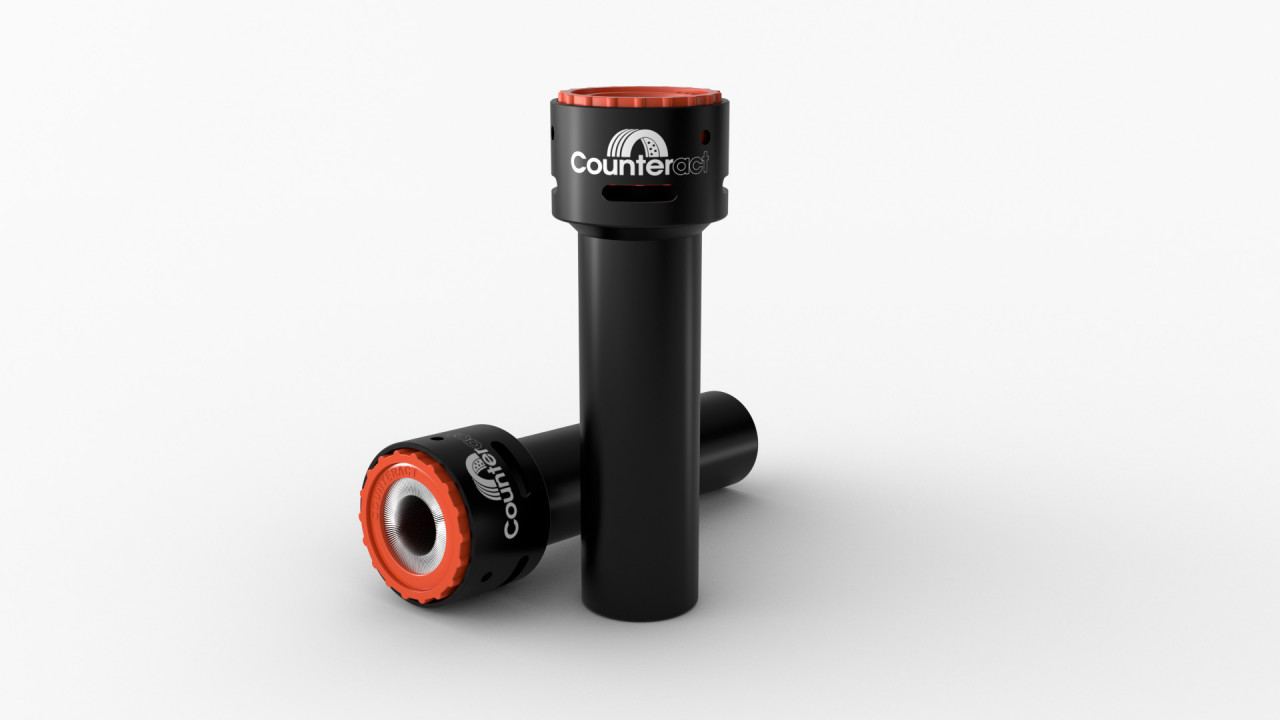
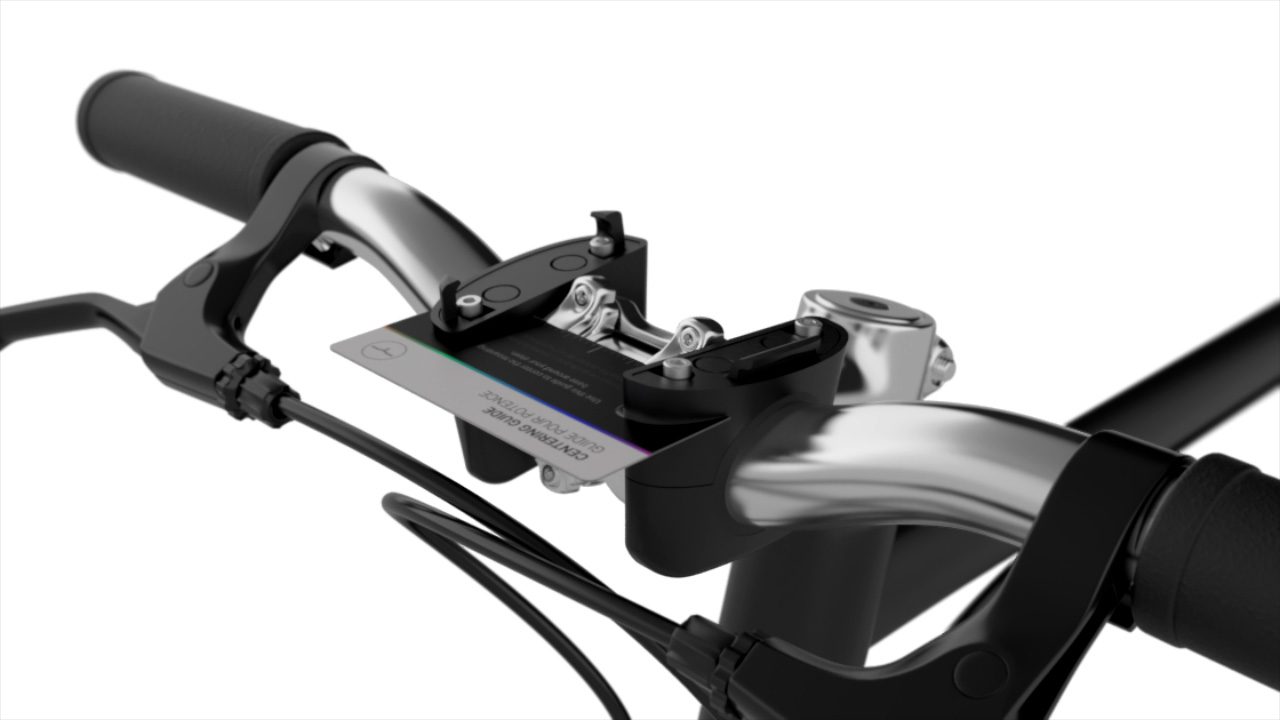
As do mechanical and construction industries developed by Hatch Studios. 3D animation allows for explanatory scriptwriting showing how the services and / or products operate.
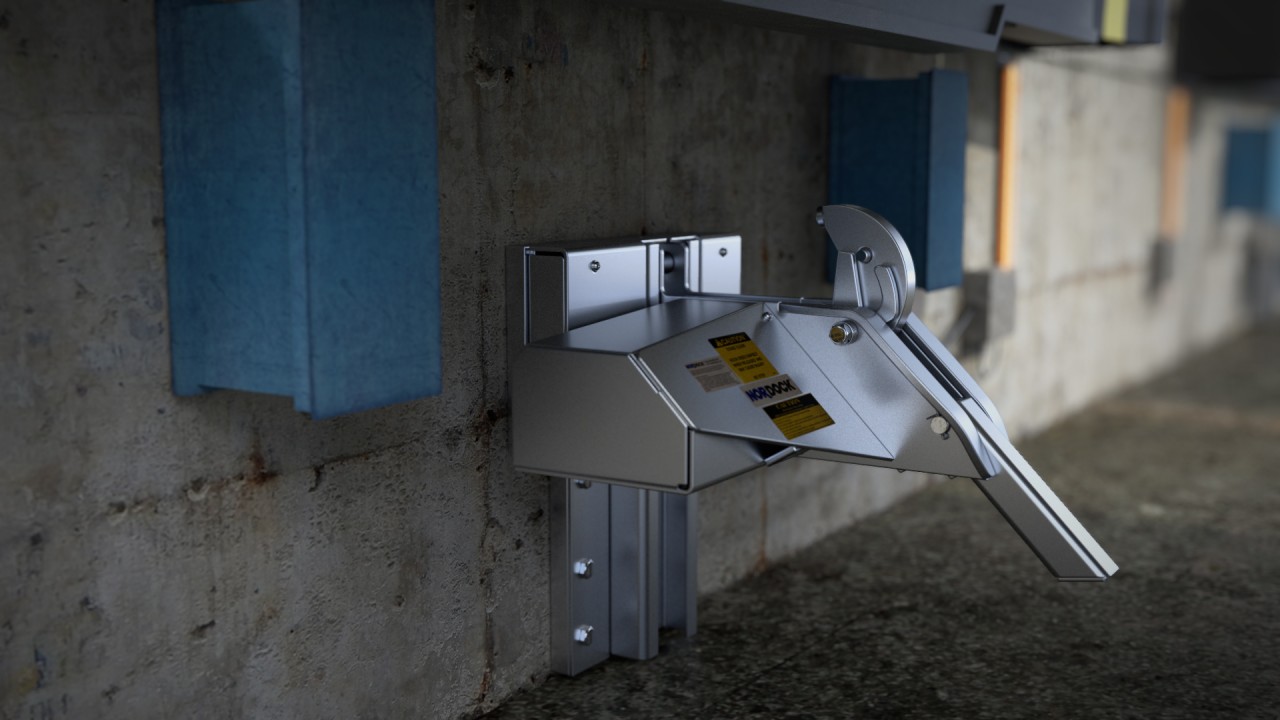
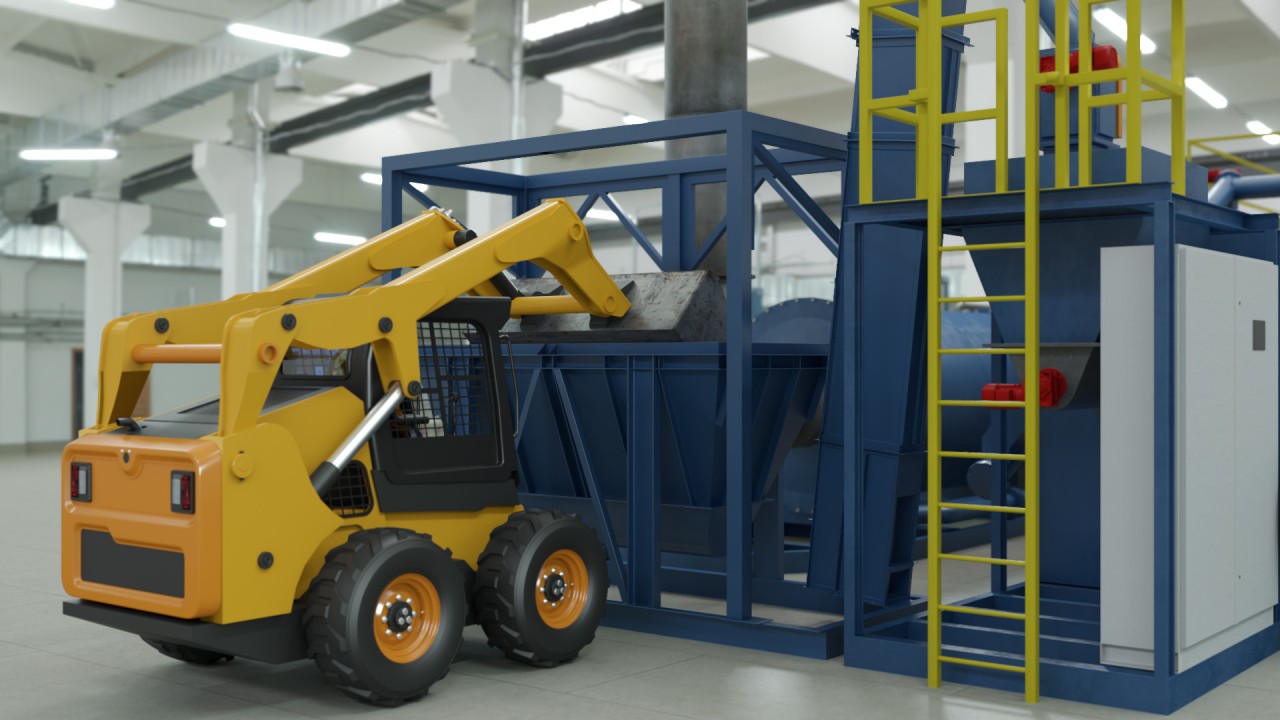

And even architectural visualization developed by Hatch Studios.
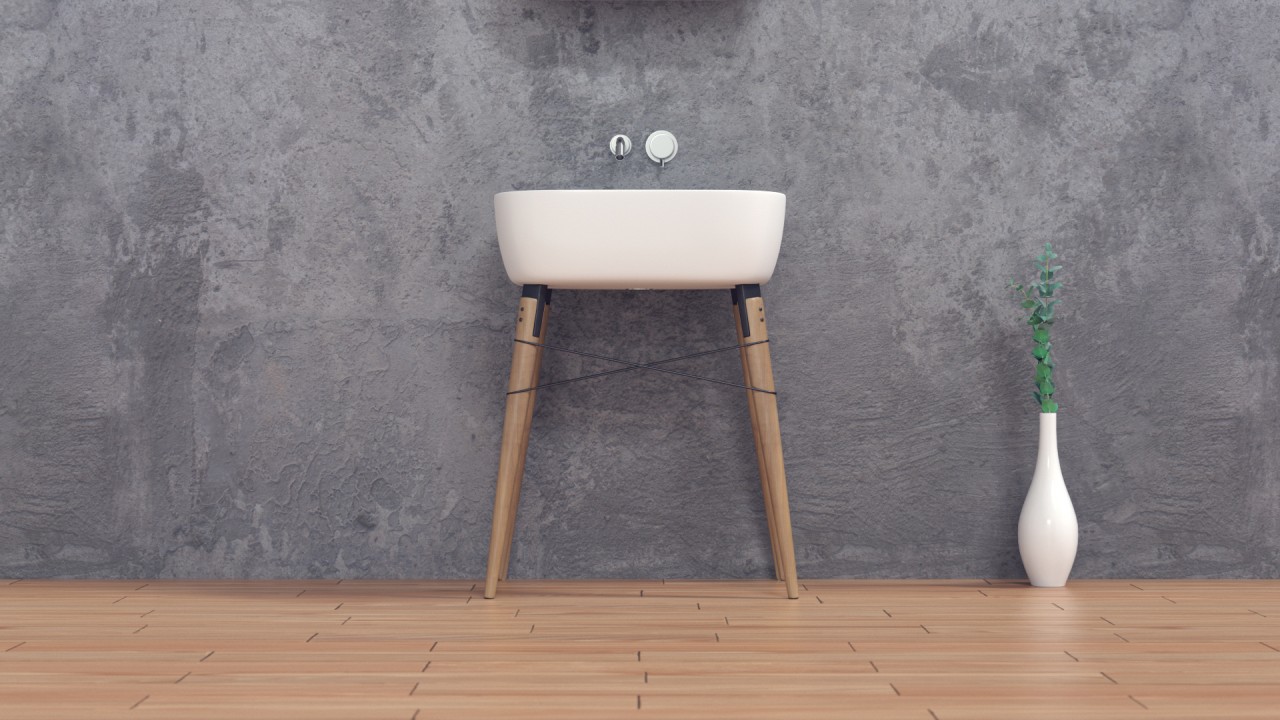
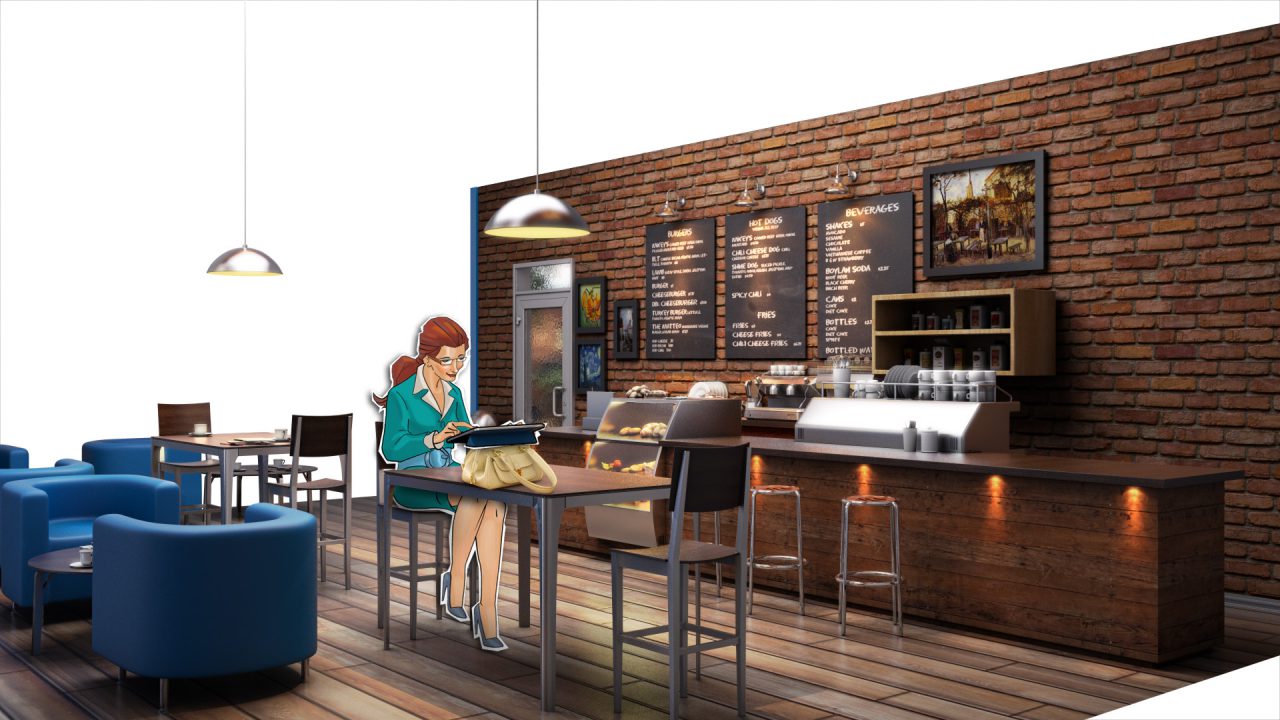
Having understood the enormous advantages of 3D animation over video, consider Hatch Studios for your next video project. Hatch is a Toronto-based animation studio that has been working with national and international clients since 2006, helping them showcase their products and services in a clear, concise and effective manner using cost-effective, state-of-the-art animation and motion graphics.